Activity
Air Pressure Experiment
Young children are naturally curious and very creative. Put those qualities together with a little water and some household stuff, and you’ve got unlimited possibilities (as long as you can tolerate a teeny bit of a mess sometimes).
Here’s a science activity that lets your first grader have fun with an empty dish soap bottle to create his own fountain as he explores air pressure. Get ready for an adventure that’s both zany fun and good, solid science, too!
What You Need:
- Empty dish soap bottle
- Thumbtack or nail
- Water
- Bucket or sink
- Towel or paper towels for cleaning up
What You Do:
- You may want to conduct this experiment outside. Use a thumbtack or nail to poke holes in the dish detergent bottle. Make 3 - 4 holes to get started, placing some holes near the top of the bottle and some holes near the bottom.
- Tell your child that you are going to pour water into the bottle. Ask your child to predict what he thinks will happen.
- Hold the bottle over a sink or bucket and fill the bottle with water.
- As the water flows out of the holes, talk to your child about his observations about the design water fountain jets. (The water flow will resemble a fountain.) Is the jet stream of water at the top of the bottle smaller or larger than it is at the bottom of the bottle?
- This time, fill the bottle again and close it with the cap. Have your child squeeze the bottle and ask your child to observe what happens. Why does he think the water came out that way? How is the pressure of the squeeze related to the design of the water as it comes out of the holes? Do the streams of water look different or act differently when the cap is on the bottle as opposed to when it is off?
- Try adding more holes to create a different water fountain jet design, add more water, and watch the new fountain jet shapes.
Related learning resources
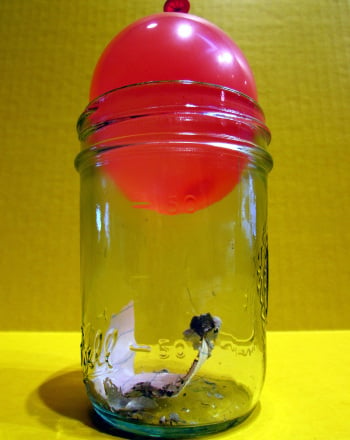
Air Pressure Science Experiment: Balloon and a Jar
Activity
Air Pressure Science Experiment: Balloon and a Jar
In this air pressure science experiment with a balloon and a jar, children will use heat to create a partial vacuum and suck a balloon into a jar.
Kindergarten
Activity
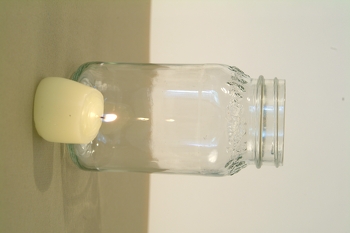
Where's the Air?
Activity
Where's the Air?
How do we know that air exists when we can't see it, taste it, or touch it? Here's a classic experiment that will teach your kid some basics of aerodynamics!
1st Grade
Science
Activity
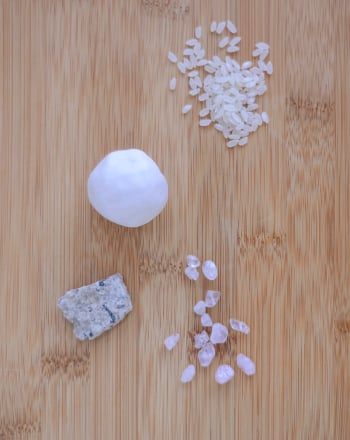
How Does Pressure Change Minerals?
Activity
How Does Pressure Change Minerals?
In this science fair project, students learn how pressure can make the minerals in a rock line up in the same direction and form bands and foliation.
1st Grade
Activity
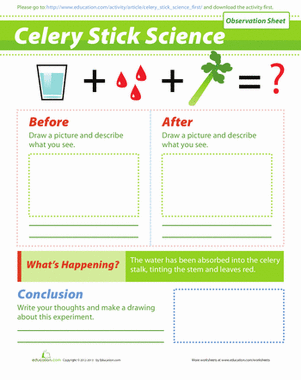
Celery Experiment
Worksheet
Celery Experiment
Learn more about how plants work with this cool celery experiment! Use this worksheet to help you record your observations after doing this experiment.
1st Grade
Science
Worksheet
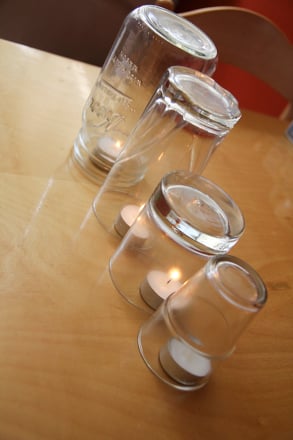
Candle Burning Experiment
Activity
Candle Burning Experiment
Here's a science experiment that gives your kids a chance to see how fire needs oxygen to burn, with a little math and writing practice thrown in.
1st Grade
Science
Activity
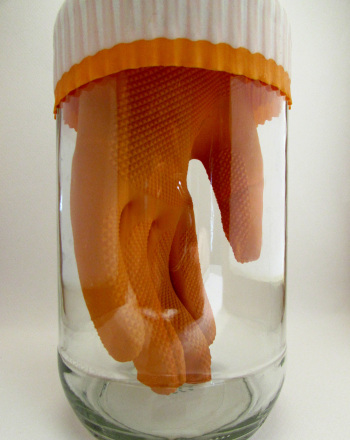
Glove In a Jar: Demonstration of a Closed System
Activity
Glove In a Jar: Demonstration of a Closed System
In this science fair experiment, children demonstrate the relationship between the amount of stuff and the amount of pressure in a closed system.
Kindergarten
Activity
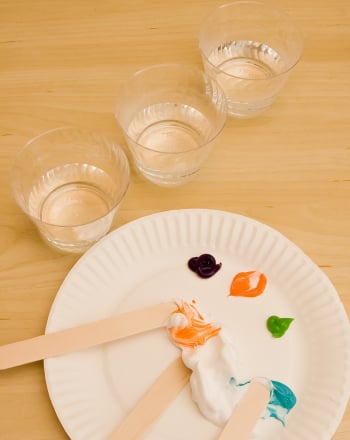
Spooky Science Experiment
Activity
Spooky Science Experiment
This easy Halloween-themed science experiment for first-graders is perfect for chilly October afternoons or great as a Halloween party activity.
1st Grade
Science
Activity
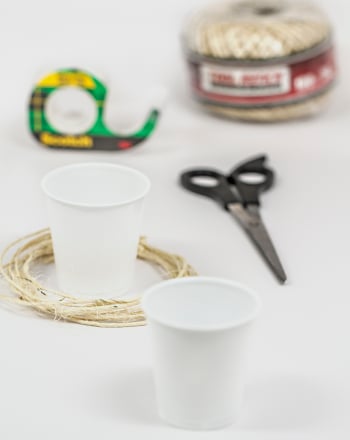
How Sound Travels Through Air and Solids
Activity
How Sound Travels Through Air and Solids
This classic children's game demonstrates how sound travels through air vs. through a solid.
Kindergarten
Science
Activity
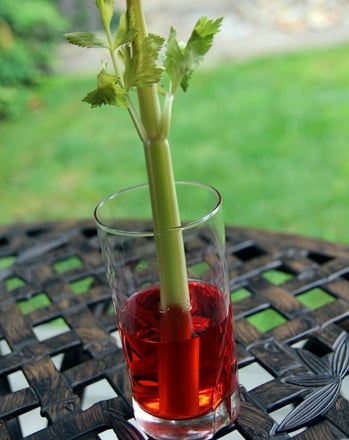
Celery and Food Coloring Experiment
Activity
Celery and Food Coloring Experiment
Here's a classic celery science experiment that uses celery and food coloring to demonstrate how plants absorb water.
1st Grade
Science
Activity

All About Transportation: Air, Water, or Land?
Worksheet
All About Transportation: Air, Water, or Land?
There are so many ways to get around these days, whether by air, water, or land. Can your child give each vehicle the correct classification?
Social studies
Worksheet
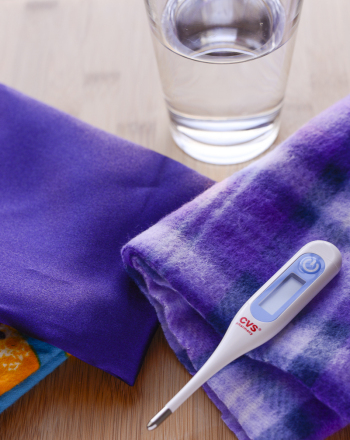
Insulation Experiment: Keep Your Body Warm
Activity
Insulation Experiment: Keep Your Body Warm
In this insulation experiment, you'll learn which clothes keep you warm in the cold, and which make you shiver.
1st Grade
Activity
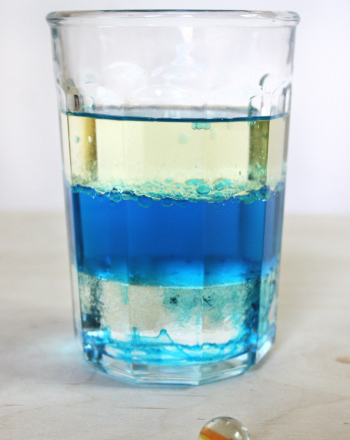
Density Experiment
Activity
Density Experiment
...In this simple but fun density experiment, children get to experiment with the densities of various liquids and objects....
Kindergarten
Activity
See this activity in a set:
In the Air



